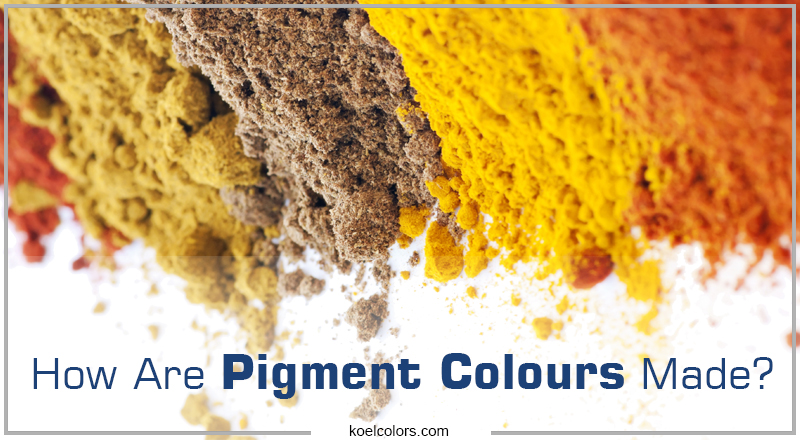Most Popular

Pigments are generally coloured, solid powders that are usually insoluble. All paints are made from the ingredient known as pigment. Pigments are not soluble and are not applied as solutions but as solid particles mixed with a liquid. Generally the same pigments are employed in water and oil based paints, printed inks and plastics. They were first extracted from clay or earth. Even though most of the pigment manufacturers use age old process of preparing pigments and then convert them into clay, modern pigments are synthesized in laboratories.
Cosmetic pigments are divided into inorganic pigments and organic pigments. Most of the inorganic pigments lasts longer and are brighter than the organic ones. Organic pigments have been used for centuries for various purposes. However, most of the pigments used today are either synthetic organic ones or inorganic. Synthetic organic pigments are manufactured from coal tars and other petrochemicals. Inorganic pigments are made with the help of simple chemical reactions such as oxidation. When in requirement of bright shades organic pigments are used and they have high colour strength. When manufacturing dull shades inorganic pigments are used. Inorganic pigments have weak colour strength.
Apart from other uses, pigments are also used in cosmetics. Both organic pigments, inorganic pigments are used in the manufacture of cosmetics. Organic pigments manufacturer makes lakes, inorganic pigment manufacturer makes iron oxides. Organic and inorganic colours are used by the cosmetic pigment manufacturer in their cosmetic manufacturing. Both iron oxide and lakes are non toxic in nature and don’t create any reaction on the skin. Most of the cosmetic manufacturer uses these in their makeup since there is no chance of skin allergies.
Iron oxides come in a range of colours such as black iron oxide, yellow iron oxide and so on. The colour tone depends on factors such s pH, temperature, concentration and so on. Lakes are produced by soluble dye with metallic salts. While organic colours are certified, Iron oxides are none certifies but are widely used in makeup products such as foundations, lipsticks, eye shadows etc.
Inorganic pigments include white opaque pigments that are used to lighten other colours and also to provide opacity. The most significant member of the class is titanium dioxide. White extender pigments are added to the paints so as to improve their properties as well as lower their cost. This class includes calcium sulfate, calcium carbonate, china clays and diatomaceous silica. Black pigments are mostly created from particles of carbon. Iron oxide earth pigments create yellow-browns, browns and orange-browns. Certain compounds of chromium create oranges, chrome yellows and greens. Various compounds of cadmium results in oranges, bright yellows and reds.
Organic pigments are synthesized from aromatic hydrocarbons. Organic pigments include azo pigments. They account for most of the organic orange, red and yellow pigments. Copper phthalocyanines provide strong greens and blues. Some pigments like fluorescent ones are dyes that have been rendered insoluble by chemical reaction.In terms of usage both lakes and oxides are good option as they don’t have any side effects. Bothe organic and inorganic pigments can be used irrespective of age or skin types. With regard to cosmetic paints, lakes and oxides are better than industrial paints or ink